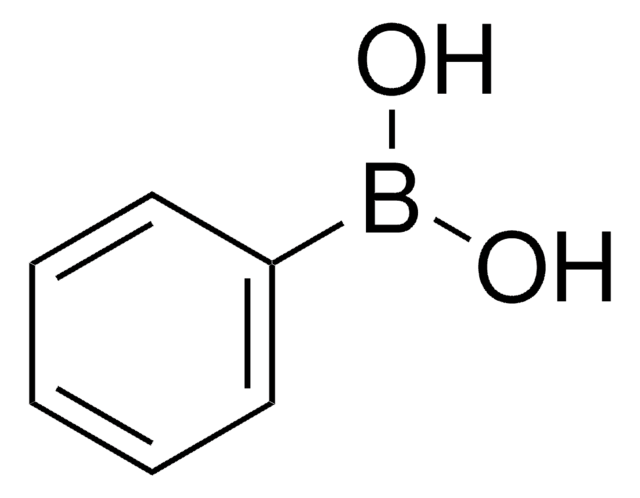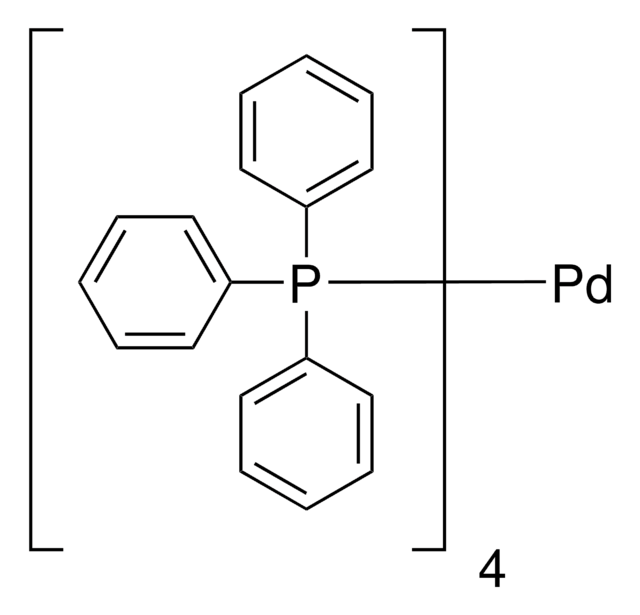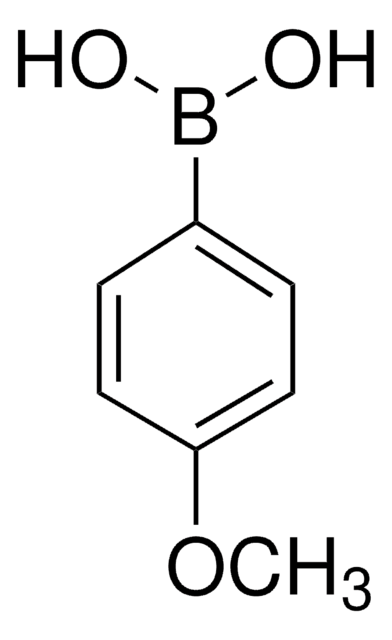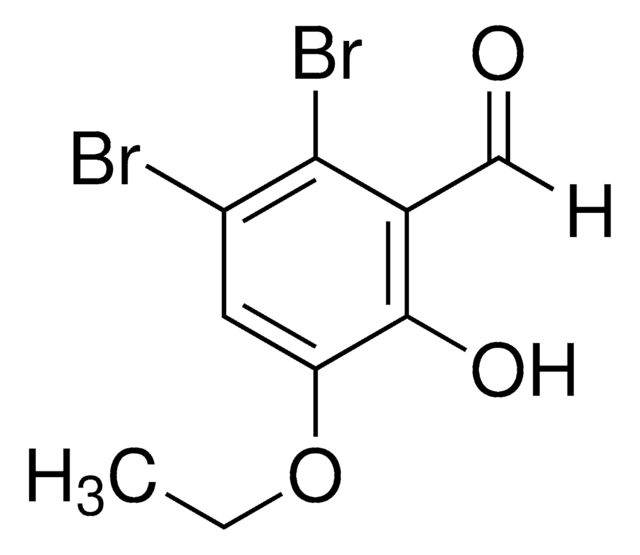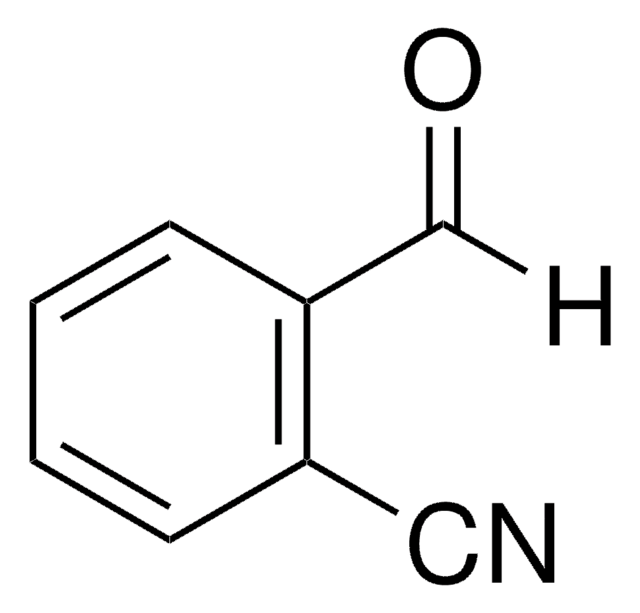SAB5702060
Anti-ARPC2 Antibody, clone 4F2G6, Rabbit Monoclonal
Synonym(s):
ARPC2, ARC34, PNAS-139, PRO2446, p34-Arc, actin-related protein 2/3 complex subunit 2
About This Item
Recommended Products
biological source
rabbit
Quality Level
material
colorless
clone
4F2G6, monoclonal
form
liquid
mol wt
34 kDa
species reactivity
rat, rat, human
concentration
0.40 mg/mL
technique(s)
immunofluorescence: 1:50 - 1:200
immunoprecipitation (IP): 1:50 - 1:200
western blot: 1:500 - 1:2000
color
colorless
General description
Immunogen
Application
Storage Class
10 - Combustible liquids
wgk_germany
WGK 1
Choose from one of the most recent versions:
Certificates of Analysis (COA)
It looks like we've run into a problem, but you can still download Certificates of Analysis from our Documents section.
If you need assistance, please contact Customer Support
Already Own This Product?
Find documentation for the products that you have recently purchased in the Document Library.
Articles
Oligothiophenes are important organic electronic materials which can be produced using synthetic intermediates and Suzuki coupling.
Our team of scientists has experience in all areas of research including Life Science, Material Science, Chemical Synthesis, Chromatography, Analytical and many others.
Contact Technical Service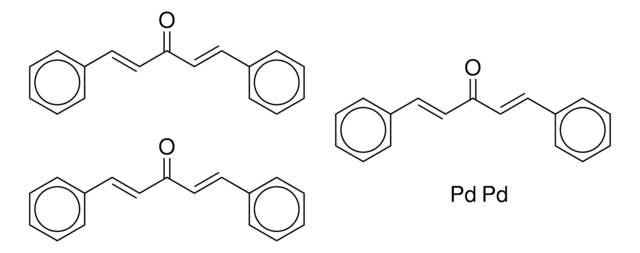
![[Pd(OAc)2]3 reagent grade, 98%](/deepweb/assets/sigmaaldrich/product/structures/508/249/99a0ef2c-b77c-4d73-8ed9-0cca05b6b41f/640/99a0ef2c-b77c-4d73-8ed9-0cca05b6b41f.png)
